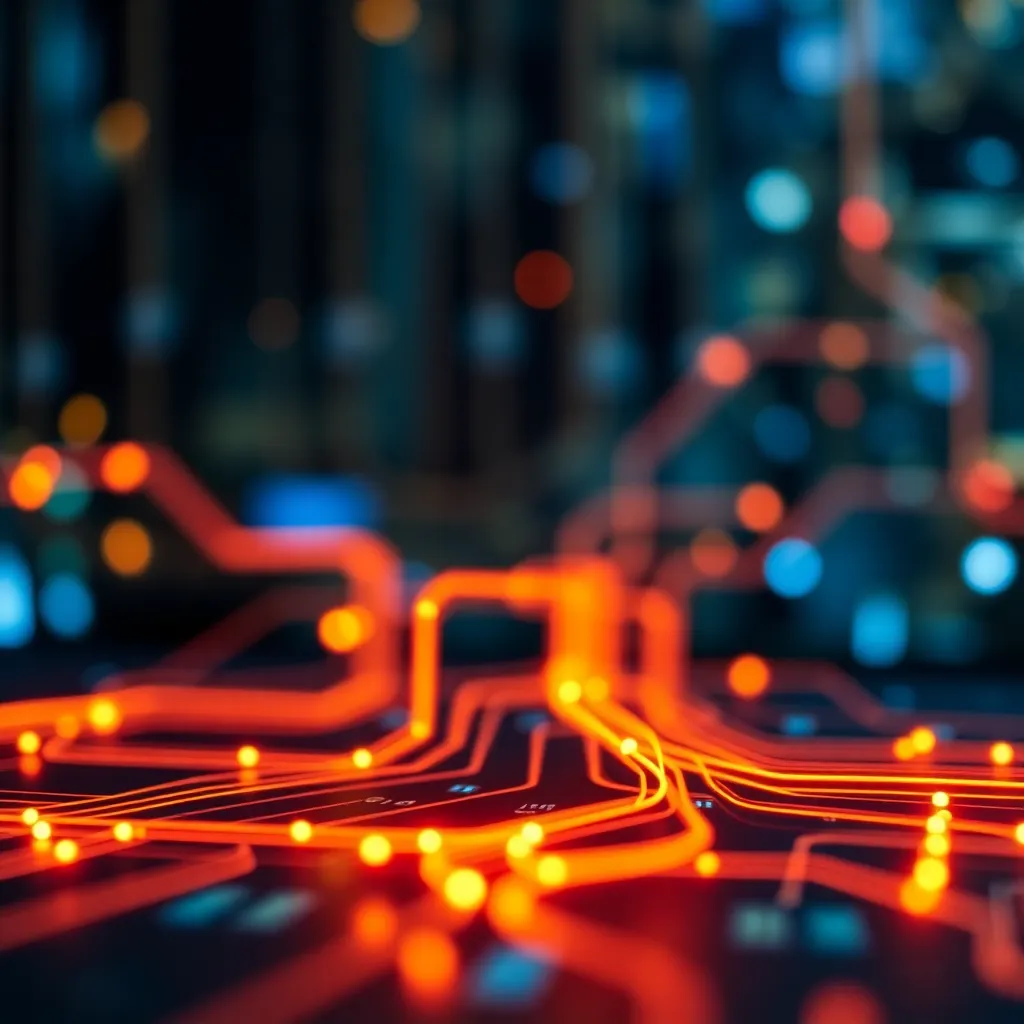A low PUE value is crucial for the energy-efficient operation of data centers. It reduces operating costs and CO₂ emissions, improves performance and is an indicator of sustainable infrastructure.
Key points
- PUE value measures the energy efficiency of data centers
- A value close to 1,0 means high efficiency
- Optimization possible due to cooling, IT and power distribution
- Cost savings and ecological advantages as the main benefits
- Measurement and monitoring necessary for continuous improvement
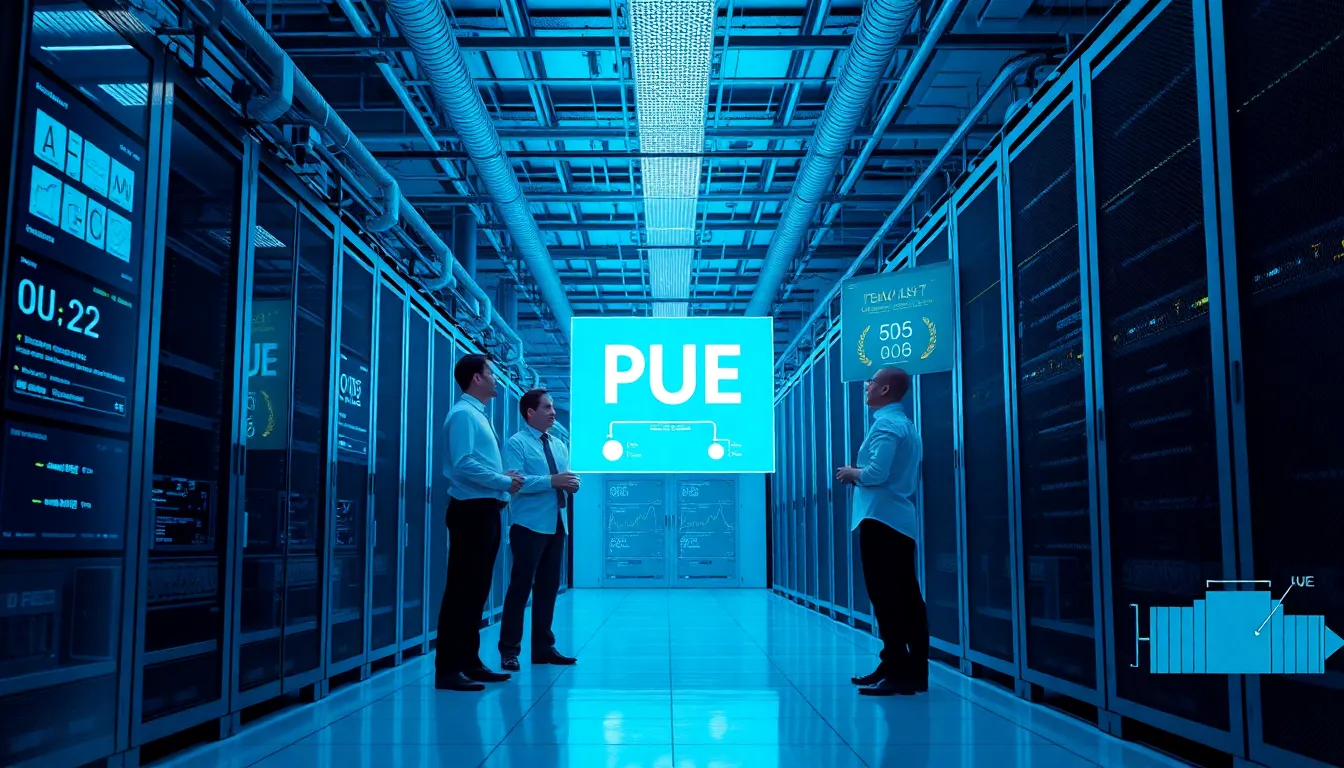
PUE value: definition and meaning
The PUE value (Power Usage Effectiveness) is an indicator of how efficiently a data center uses its energy. The formula is: total energy consumption divided by the energy consumption of the IT devices alone. If the PUE value is 1.0, all the energy is used exclusively for servers, storage and network hardware - without any losses. Values significantly higher than this are realistic, as systems such as air conditioning, emergency power and lighting require additional energy. The closer the PUE value is to 1.0, the more efficiently the data center is operated.
Typical values and what they mean
In practical operation, modern data centers have PUE values of between 1.2 and 1.6. According to industry measurements, the global average is currently around 1.58. Older or less energy-optimized systems easily achieve values above 2.0. A value of 1.4 already indicates high energy efficiency. Organizations with innovative climate control or liquid cooling often reduce the value to 1.25 or below. In comparison Germany as a data center location The results are rather mixed in an international comparison.
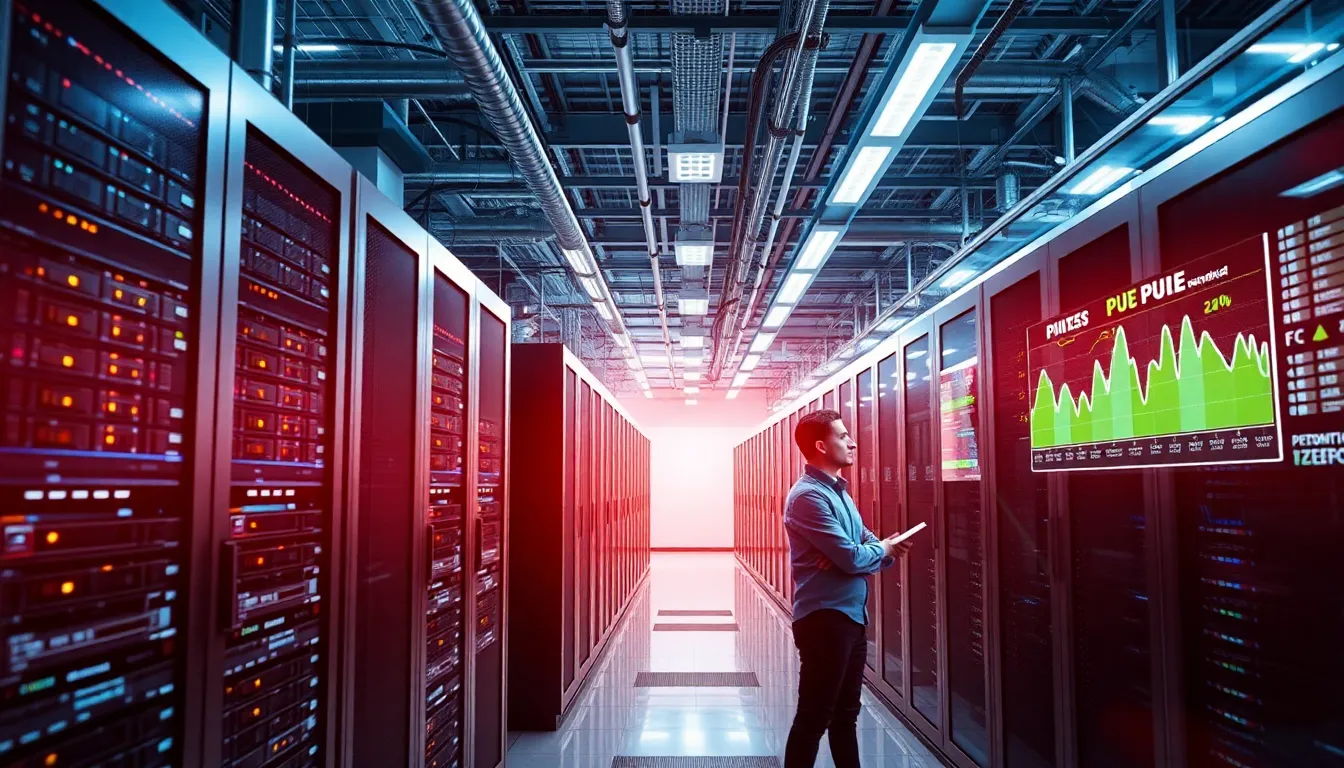
Measurement and monitoring of PUE
To correctly determine the PUE value, I record two data points: Firstly, the total power consumption of the data center, and secondly, the power consumption of pure IT hardware such as servers, network devices and storage. The difference shows how much energy is used for cooling, lighting or losses. Ideally, measurements are taken continuously at several points - such as the main feed-in point and the IT power distributors. Regular monitoring reveals inefficient systems and enables targeted countermeasures to be taken.
What factors influence the value?
The Locationbuilding technology and the cooling system used have a direct impact. User behaviour in terms of server utilization and virtualization can also improve or worsen the PUE value. Cooling is particularly important: systems such as Free cooling or indirect evaporative cooling can drastically reduce air conditioning costs. Intelligent air routing - for example by separating hot and cold aisles - also significantly reduces energy requirements.
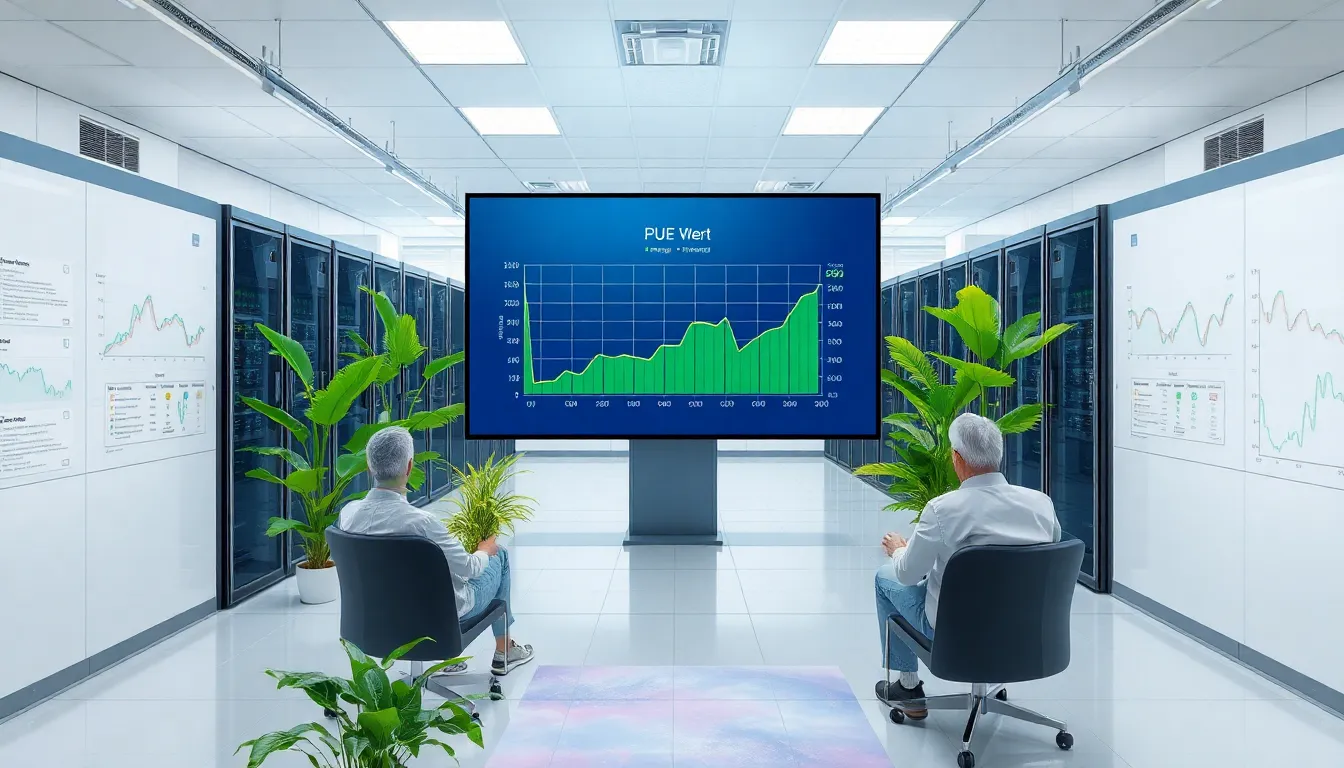
Measures to optimize the PUE value
If you want to optimize the energy efficiency of your data center, there are several things you can do. Here are some tried and tested techniques:
- Use of free cooling (e.g. through outside air)
- Use of energy-efficient IT hardware and SSD storage
- Server consolidation and virtualization for more effective hardware utilization
- Optimization of the air flow, for example through cold aisle containment
- Insulation of heat sources and improved room planning
PUE optimization: exemplary data centers
A successful example of sustainable hosting is provided by a CO₂-positive data center with an algae farm that uses natural heat recovery to break new ground. Such concepts demonstrate that efficiency is not just a technical issue, but often also a matter of creativity. Even small improvements through LED lighting, battery storage or DC architectures bring significant progress in the PUE value.
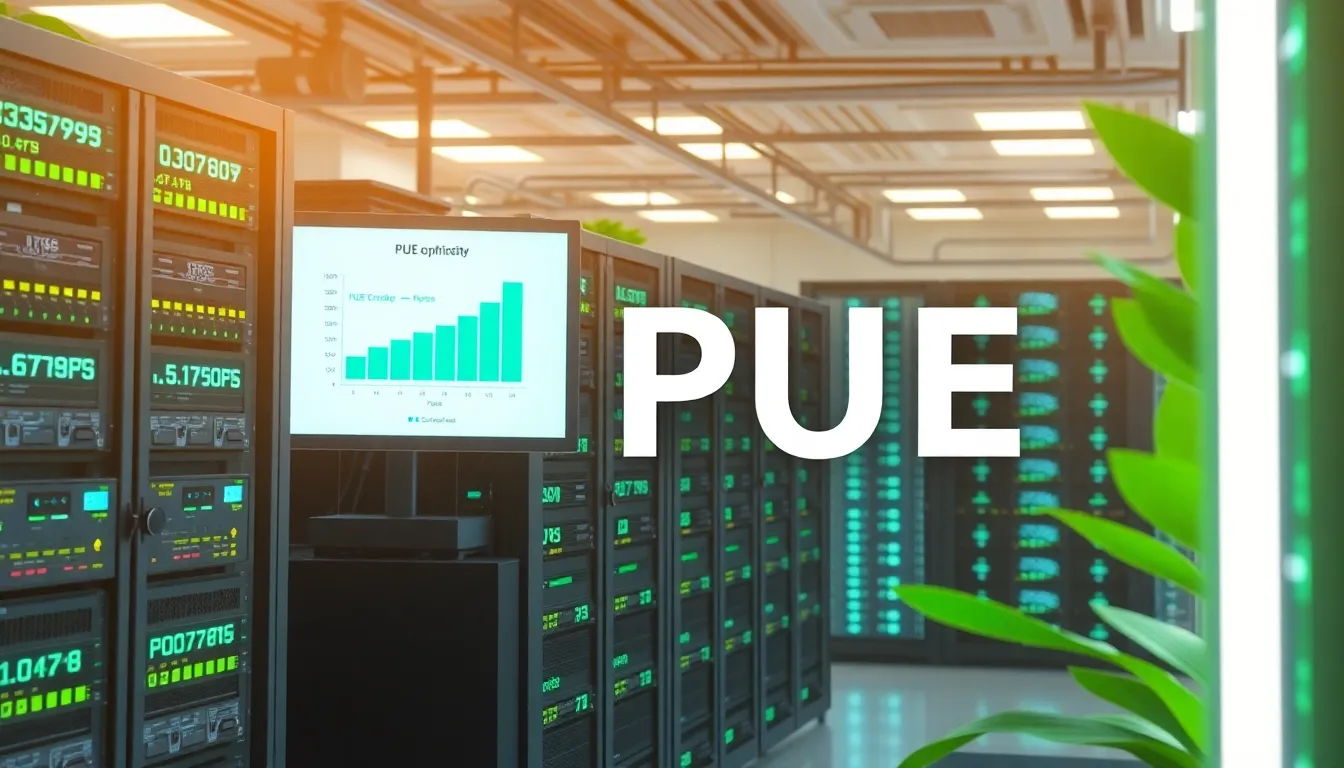
Comparison: PUE values at a glance
The following table provides an overview of typical PUE values in different data center types and their significance.
| Data center type | Typical PUE value | Rating |
|---|---|---|
| Old standard data center | 2,0+ | Inefficient, high energy losses |
| Modernized data center | 1,4 - 1,6 | Solid energy efficiency |
| High-tech green data center | 1,2 - 1,25 | Very good efficiency |
| Cloud Native Infrastructure | 1,1 - 1,2 | Outstanding |
Why PUE optimization pays off
Operating costs fall with every improvement in the PUE value. In large companies, energy costs account for up to a third of data center expenditure. A drop from 1.6 to 1.3 can save five-digit euro amounts annually. In addition, lower values mean that operators increasingly meet regulatory requirements for climate protection. A good PUE value is also a plus point for responsible hosting in the eyes of customers.
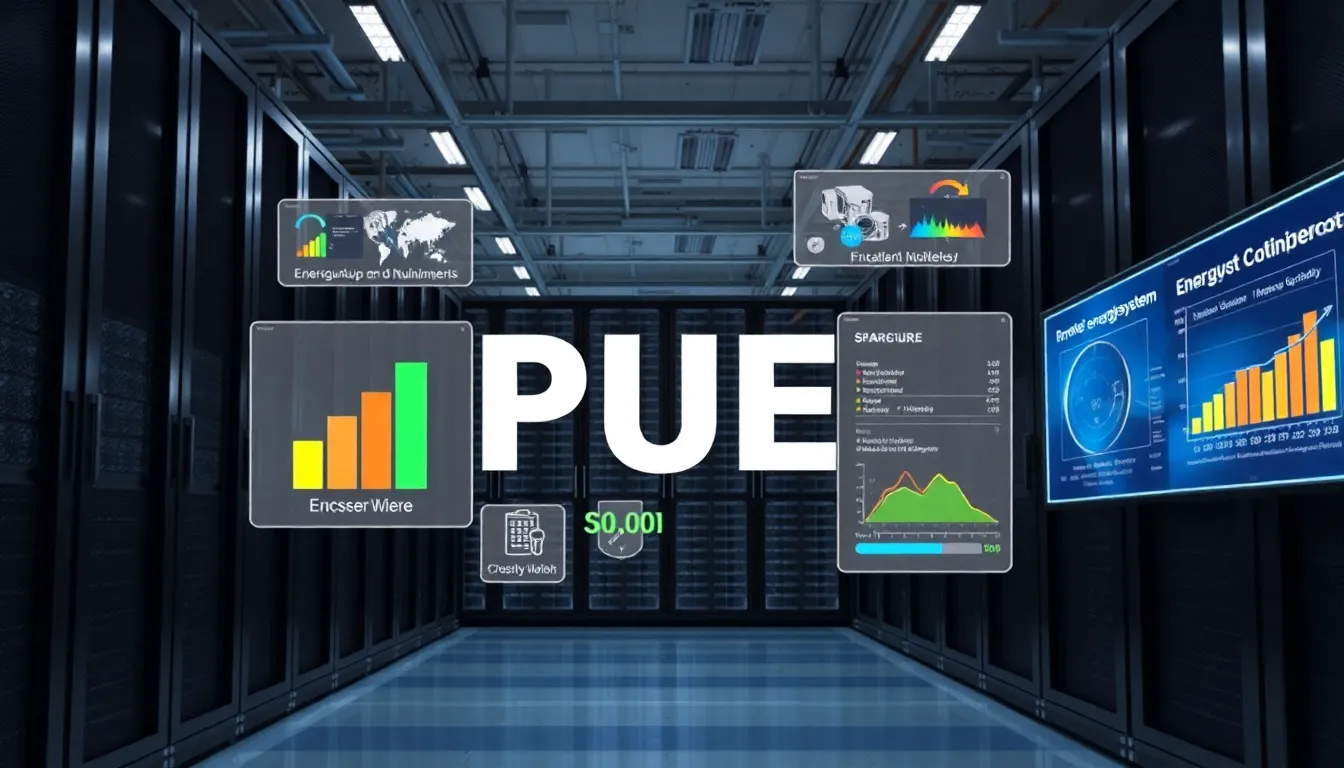
Other aspects: Location and power source
The quality of the location also influences the PUE strategy. Cold climate zones allow better free cooling, while in warmer regions more needs to be invested in cooling technology. The energy mix also plays a role. Operators who use green electricity or hydropower do not directly reduce the PUE value, but they do make a contribution to climate protection. Holistic sustainability therefore encompasses not only technology, but also the origin of the energy sources - as in the Green Hosting.

Extended parameters and new trends
In the course of digitalization and the increasing volume of data, other metrics for evaluating data center efficiency are also coming into focus. Although the PUE value remains important, there are other key performance indicators (KPIs) that enable a holistic view.
WUE (Water Usage Effectiveness): This key figure focuses on water consumption for cooling, which can be a decisive factor, especially in dry or water-scarce regions. Excessive water consumption can increase operating costs in the long term and worsen the ecological balance.
CUE (Carbon Usage Effectiveness): The CUE value includes CO₂ emissions in the efficiency assessment. This is particularly relevant when it comes to the use of different energy sources. For example, if operators use electricity from coal-fired power plants, the CUE value is lower than if renewable energies such as wind or solar are used.
DCiE (Data Center infrastructure Efficiency): DCiE is the ratio of IT power to total energy. While the PUE value increases the more energy flows into the infrastructure, the DCiE value decreases as infrastructure losses increase. DCiE is used less frequently, but provides a supplementary view that is essentially based on the same figures.
These enhancements provide data center operators with additional points of reference for aligning measures even more specifically with sustainable solutions and making operating processes more efficient.
Challenges in PUE optimization
Despite all the advantages, PUE optimization also brings challenges. Building structures have often been in place for years and are not easily designed for modern cooling concepts. In such cases, a step-by-step renovation is advisable, whereby investments are first made in areas that promise the greatest effect - for example in the cooling systems and optimization of the air flow.
Financing can be another hurdle: Not every organization has the budget to procure new hardware or state-of-the-art refrigeration technology in a timely manner. It is worth taking a long-term cost-benefit analysis here. Because even if higher initial expenditure is incurred, this can be amortized within a few years through reduced energy costs.
The involvement of IT departments is also essential. Without the involvement of those teams that ultimately decide on server utilization, virtualization and location selection, optimization proposals cannot be comprehensively implemented in day-to-day technical operations. Holistic project management that takes operational management, IT administration and building technology equally into account increases the chances of success.
New cooling technologies and air routing concepts
Recently, cooling technologies such as Immersion cooling or circulating air cooling with adiabatic cooling is becoming increasingly important. With immersion cooling, the servers are immersed in a special cooling medium that dissipates the waste heat particularly efficiently. This approach can drastically reduce the energy required for cooling, but requires a well thought-out concept and usually also special equipment that is suitable for the respective power densities.
There is also a greater focus on improved air routing. By consistently using cold and warm aisles, air mixtures can be avoided and the necessary cooling capacity can be used in a more targeted manner. Some data centers integrate heat exchanger systems between servers to save even more energy. When outside temperatures are high, there is often no alternative to traditional air conditioning systems, but intelligent control - for example with sensors and automatic air flaps - can increase efficiency even under these conditions.
Role of IT load and virtualization
In addition to the physical building and system technology, the IT infrastructure itself also plays a major role. One Efficient capacity utilization of servers using virtualization techniques ensures that less hardware is actually required. This reduces both the absolute power consumption for the IT systems and the need for cooling capacity. In practice, many companies only use a fraction of the resources of their physical servers. With the help of virtualization solutions, these can be better utilized, which indirectly has a positive impact on the PUE value.
In addition, a well thought-out Load balancing distributing tasks across different nodes to smooth out peak loads and minimize overheating problems. If the loads are distributed more evenly throughout the day, the cooling units run more evenly and efficiently, which in turn promotes a more favorable PUE value.
Resilience and redundancy vs. efficiency
Data centers are not only places where data is processed but also stored - often business-critical. Redundancy in the power and cooling supply is therefore a central component of many concepts. However, additional redundancy systems for power (UPS batteries, diesel generators) or cooling (backup coolers, secondary supply) increase energy requirements. This creates a field of tension between Resilience and Efficiency:
- High-availability concepts (e.g. Tier IV) require several separate paths, each offering sufficient capacity.
- Even unused backup systems draw power in standby mode.
- Redundant cooling circuits or pump systems increase the cost of maintenance and operation.
Despite these additional costs, redundancy is often indispensable. However, good planning attempts to reduce the efficiency losses of the necessary parallel structures through suitable architecture and control. In this way, an acceptable PUE value can be achieved even in high-availability environments.
Continuous improvement and audits
In addition to day-to-day measurement and monitoring, it is worthwhile for many companies to take a regular look from the outside. Auditsaudits, for example by independent engineering firms or energy consultants, often uncover optimization potential that in-house teams overlook in day-to-day business. A continuous improvement culture can be established by setting two or three-year intervals for such audits. Certifications such as ISO 50001 (energy management) or ISO 14001 (environmental management) also play a role here, as they support systematic procedures.
Regular staff training is also important so that they can make optimum use of new cooling technologies, measurement methods and monitoring tools. This creates a cycle of evaluation, development of measures and progress monitoring that gradually brings the PUE value down.
Technological prospects for the future
The computing glasses and smart homes of tomorrow, self-driving cars and the Internet of Things are creating a new flood of data that requires high-performance data centers. However, as demand for computing power and storage space increases, so does the challenge of making this operation sustainable. Some trends are emerging:
- Quantum computers: They are still the subject of research, but their potentially high cooling requirements could force new standards in certain areas.
- Modular data centers: Instead of building large, monolithic systems, compact modules are used that can be scaled up and cooled more efficiently as required.
- Machine learning and artificial intelligence: They not only optimize external applications, but can also autonomously adapt the control of building technology, such as the regulation of cooling and air flows.
This opens up the possibility of recognizing and correcting inefficient conditions at an early stage without human intervention. The spread of Edge Computing This means that loads are more decentralized and the main data center is partially relieved. However, whether this really reduces overall energy consumption depends on a number of factors - not least the network infrastructure.
Concluding overview
The PUE value provides a direct assessment of the efficiency of a data center, has an impact on the cost structure and is increasingly the focus of investors, customers and legislators. I can significantly influence the value with targeted measures such as cooling technologies, IT optimizations and clever architectural solutions. Regular monitoring and a willingness to invest in long-term savings remain important. If you keep an eye on the PUE value, you ensure the performance of your data center and at the same time reduce the environmental impact in the long term.


